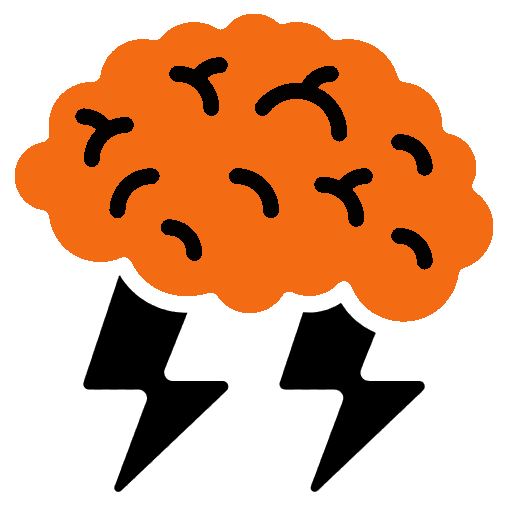While traveling as a digital nomad, I worked out of co-working spaces in cities like Manila, Kuala Lumpur, Singapore, Chiang Mai, and Bali. These spaces were buzzing with solopreneurs, startup founders, and agency owners who would frequently approach me about writing content for their projects. The demand was overwhelming, and I saw an opportunity to bridge the gap.
Between 2018 and 2023 I founded and managed MyBlogDealer—a content writing service that handled large-scale content production. I built a self-serve ordering system and a blog management service to help clients consistently publish content. I also structured workflows for my team of writers, editors, and project managers to streamline production.

As I took on more clients, I noticed a pattern—many were ordering blog posts without a clear strategy. They weren’t thinking about SEO, internal linking, or how their content fit into a larger marketing plan. Some assumed that posting frequently, regardless of strategy, would boost their search rankings. But even high-quality content needs a plan to perform well on Google.
Brainstorming ways to help my clients structure and optimize their content led to a shift in focus—content production alone wasn’t enough.

THE PROBLEM
Solopreneurs Struggling with Content Strategy
Most blogs don’t need more content—they need a smarter strategy. Without structure, their messaging becomes scattered, inconsistent, and ineffective.
Common Blogging Mistakes:
- Publishing content without a clear roadmap
- Blogs lacking structure, making it harder to rank or engage audiences
- Clients expecting results from content, but no strategy guiding performance
- No keyword research or internal linking strategy, leading to wasted efforts
I saw these problems over and over while I was running MyBlogDealer.
THE SOLUTION
Build Scalable Content Strategies That Improve Traffic & Conversions
My clients needed a strategy, so I developed a system—one that I've refined over the years—to make sure every post actually delivers results.
Here’s what that looks like:
Step 1: Content Audit & Competitive Analysis
I assess the client’s existing content to identify opportunities for optimization and expansion. This includes:
Step 2: Audience and Keyword Research
I refine the client’s content approach by analyzing:
Step 3: Content Strategy Development
I build a structured content strategy for scalability and impact, including:
Step 4: SEO and Conversion Optimization
I make sure every content asset is optimized for search visibility and conversions, covering:
Step 5: Execution and Content Distribution
Once the content strategy is in place, I assist with:
Step 6: Performance Tracking and Optimization
I monitor content performance and refine the strategy based on key metrics:
I use this strategy to help digital marketing agencies reach content goals for their clients.
Technical Skill & Tools I Use

I used Avaza to manage projects, track deadlines, and keep my content team organized. Hosting Avaza on Google Workspace allowed me to integrate it with tools like Docs and Sheets, making collaboration smoother across the team.
With Google Workspace, I managed content calendars, collaborate on drafts, and keep documents organized. Hosting Avaza on Google Workspace helped keep my team coordinated and efficient on all tasks.

I rely on Google Analytics to see what’s working. It tracks how people interact with content, where traffic is coming from, and what needs improvement to keep visitors engaged longer.
SEMrush is my go-to for SEO audits. It catches broken links, missing metadata, and other technical issues that can hold content back from ranking. A quick crawl can reveal easy wins for better SEO.

One of my favorite tools! LowFruits.io is perfect for uncovering low-competition keywords that are easier to rank for. It helps me find gaps in the market where content can stand out, especially for newer sites.
I use Keyword Surfer to get quick search volume data and keyword suggestions right inside Google. It’s a fast and easy way to spot content opportunities without leaving the search page.
Would you like me to create a content strategy for your agency? Let’s connect and bring your project to life.